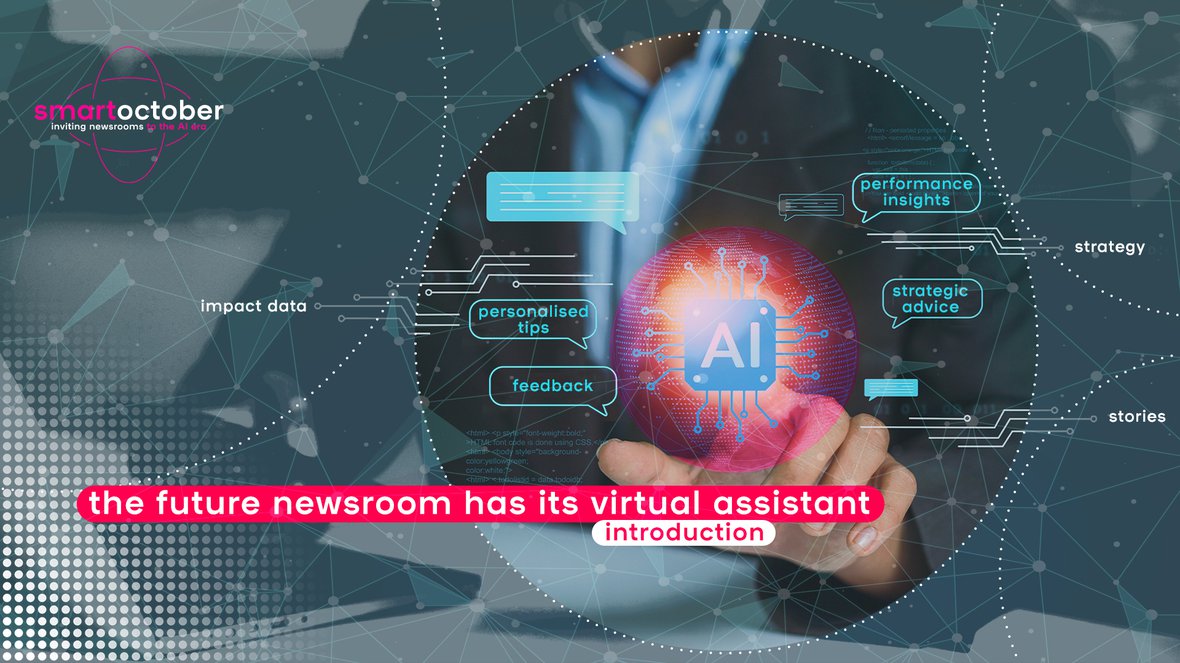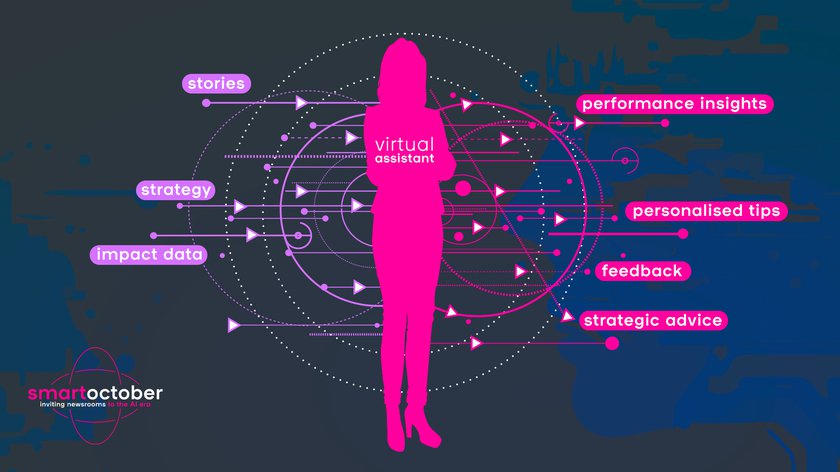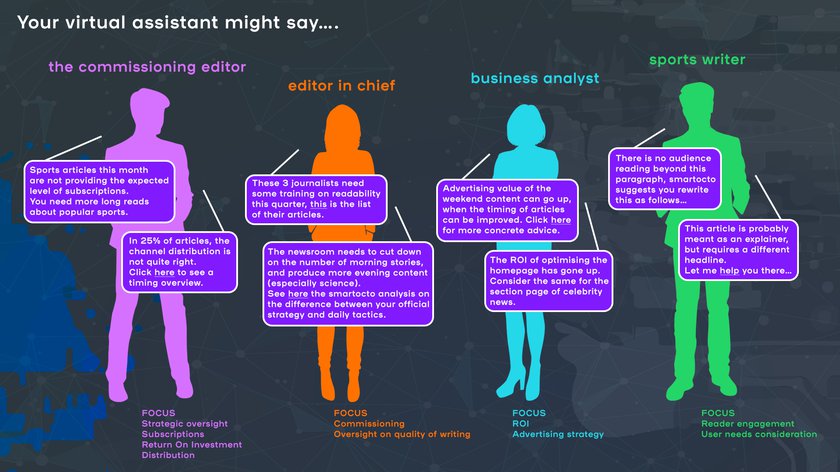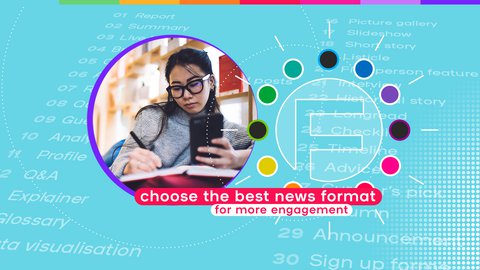Here, we present the case for one version of the AI-enhanced workspace: the introduction of your very own virtual, personal assistant. Smartocto is rolling it out at this very moment.
The educational speaker Sugata Mitra once made a case that if computers can replace teachers, then they should.
His contention was not that teachers are defunct or useless, but rather that by automating things which can be automated, the things that can only be done by humans will be given the attention they deserve. More than that, ultimately the benefits borne of democratised, more universal access would enable everyone to rise.






